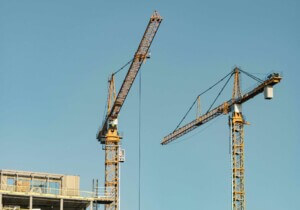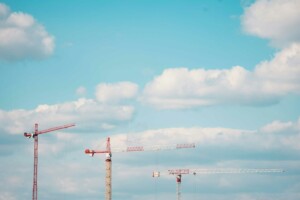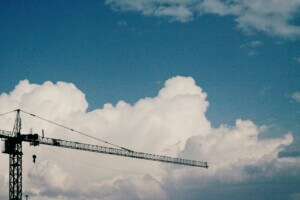Less than two years after Hurricane Maria hit the U.S. territory of Puerto Rico, the politics behind its recovery and rebuilding efforts have come to the forefront of national news again and again. In recent weeks, two FEMA officials were indicted and arrested for taking bribes, committing fraud, and using federal funds for personal gain.
It’s a massive relief, but one that wasn’t too surprising to Puerto Ricans who knew the money set aside for post-hurricane recuperation was being mismanaged by the federal government. One Puerto Rican, an internationally-renowned architect who served as a liaison between the private sector and FEMA for the past two years, has been very vocal about this.
“I’ve been trying to explain that Puerto Rico has been unfairly cast out as the most corrupt place in the U.S,” said Ricardo Álvarez-Díaz, founder of the San Juan- and Miami-based studio Álvarez-Díaz & Villalón. “And most of the attacks have been labeled towards local people. But this news is a silver lining and basically what I’ve been saying for the last year.”
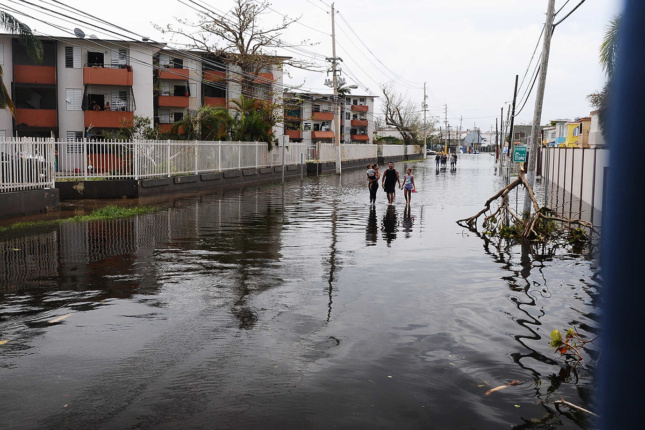
Álvarez-Díaz told AN that only a sliver of the $92 billion promised by President Trump last year has been managed locally. “Some of the people in FEMA were forcing local people to hire companies from the mainland that were not necessarily the right fit for what we are trying to do in our rebuilding,” he said. “If you don’t use them they said, they would not refund the investment.”
Now that the news is out that ex-FEMA deputy regional administrator Ahsha Tribble had allegedly taken bribes from the Oklahoma City-based energy company contracted to restore the island’s power grid, it’s not crazy to think that other projects there have been subject to corruption as well. Álvarez-Díaz, who has been busy promoting the resiliency of the Puerto Rican people and making the case for more help, said the key to stopping this is three-fold: to get more locally-based architects and companies involved in the rebuilding process “to ensure it’s done in a very localized manner,” encouraging mainland architects to help out, and lastly, educating the next generation of Puerto Rican architects.
“We don’t have enough people on this island to do the work that needs to get done,” he said. “In Puerto Rico, there are less than 600 licensed architects out of 3.2 million people, but there are 15,000 licensed engineers. We need more help.”
Álvarez-Díaz’s firm practices in Puerto Rico, the U.S. Virgin Islands, New York, and Florida. As the founder and co-chair of the local chapter of the Urban Land Institute (ULI), and a board member of both Invest Puerto Rico and the ENLANCE Project Corporation of the Caño Martín Peña, two governor-appointed positions, he’s keenly aware of the island’s poor reputation and is constantly working to change it. His studio recently completed what’s been touted as the most resilient structure in Puerto Rico.
Completed this summer, Renaissance Square is a $35.5 million mixed-income affordable housing project located in San Juan’s Gold Mile financial district. Though construction began years ago and was only 80 percent done when Maria hit, not a single window was broken. It was built through a public-private partnership between the Department of Housing, developer McCormack Baron Salazar, Citi Community Development, and Hunt Capital Partners. Of its 140 units, 60 percent were reserved for low-income families and there’s currently a 1,500-person waiting list to get a space. The demand is high.
“Materials can be scarce here on the island and because there’s so much construction, the perception of lack creates a false sense of inflation, so people just want to use the cheapest materials instead of the best ones,” said Álvarez-Díaz. “We aim to convince the next group of developers that doing sustainable housing projects like this is actually profitable.”
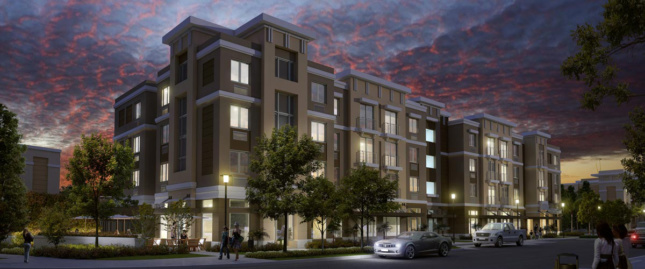
Creating awareness is Álvarez-Díaz’s main mission. That’s why he’s also urging the American Institute of Architects (AIA) to use its influence to spread the knowledge that Puerto Rico is looking for outside assistance. He wants a chunk of next year’s AIA convention to be dedicated to educating architects on working in disaster zones, helping them connect with companies or organizations that need help, or advocating on behalf of equitable recovery efforts.
“The AIA traditionally tends to be inside out instead of outside in,” he said. “Many architects aren’t invited to the table where big government decisions are being made and therefore are forced to talk among themselves about how to make things better. Local engineers are very successful in putting the word out there that Puerto Rico needs a lot of licensed engineers, experienced contractors, and developers. The more engineers we bring in and the less the amount of architects we attract, the more likely it is that we will miss an opportunity to create a holistic architectural vision for Puerto Rico.”
The AIA already has an initiative set in place like this, its formal Disaster Assistance Program. But the goal of the program, which has certified architects for 47 years, isn’t for professionals to get more paid work, said an AIA spokesperson. Instead, it’s to provide technical expertise on development, planning, and policy, coordinate with local agencies, advocate for Good Samaritan legislation, and train for and share lessons on post-disaster building safety assessments—all things Álvarez-Díaz sees as good, but still not enough.
“We need to make sure this isn’t just about disaster recovery,” he said. “That’s the first step out of a three-step process. Once that’s done, we have to plan a whole island for the next 100 years. It’s not every day you can start from absolute scratch and benefit the next four generations of Puerto Ricans. I see the island as a kind of guinea pig for post-disaster development. Other places could one day learn from our successes and failures.”








